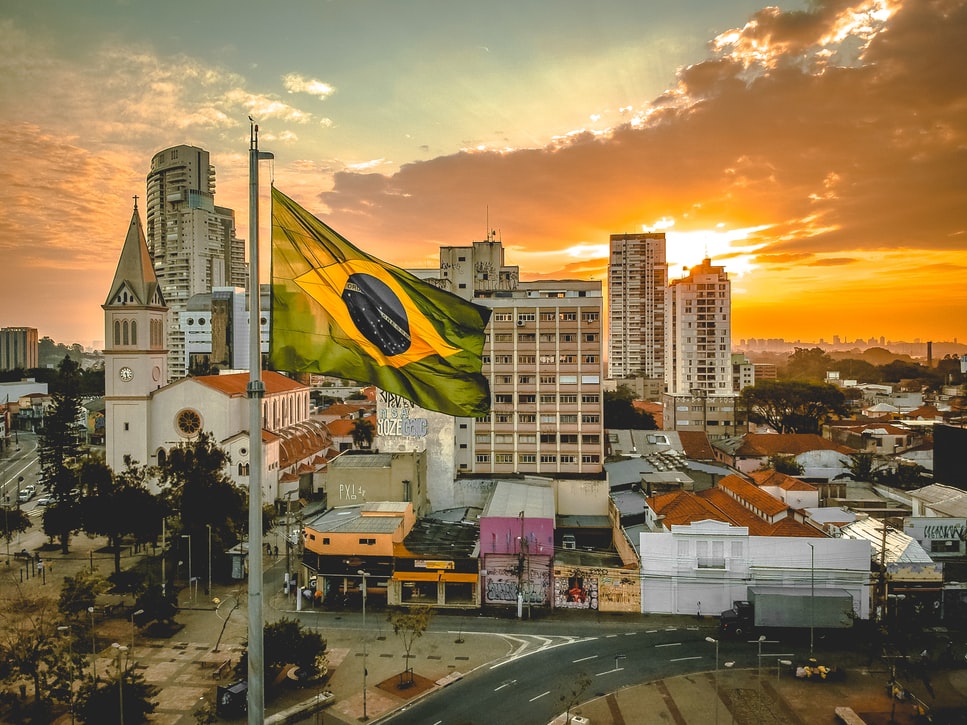The Binding Nature Paradox of Ministerial Decisions: A Grey Area
[By Krishna Ravishankar ] The author is a student of National Law University, Jodhpur. INTRODUCTION With the wheels of the 13th Ministerial Conference (hereinafter, “MC”) bus gearing up speed to be held at Abu Dhabi, MC-12 still remains an important talking point in the realm of international trade. The most significant face of the Geneva Ministerial Conference is the adoption of the 2022 Ministerial Decision on the TRIPS Agreement (hereinafter, “MD”) which provides clarifications to the existing patent waiver provisions in order to make vaccines and associated technologies more accessible to the developing world in the face of the COVID-19 pandemic. [1]While however laudatory the policy intent of the MD might be, there still remains the question of the legal enforceability of the same. This article tries to discuss this recurrent issue in a succinct manner. MINISTERIAL DECISIONS AS SOFT LAW INSTRUMENTS The “Covered Agreement” Argument As Peter Van De Bosche highlights, the role of the Dispute Settlement Understanding (hereinafter, “DSU”) is “prompt settlement of disputes between WTO members concerning their respective rights and obligations under WTO law.”[2] This observation is further enshrined under Article 3.2 which makes the functioning of the DSU strictly applicable only to WTO Covered Agreements.[3] Article 1.1 provides the contours of a “covered agreement” as those expressly provided for in Appendix 1 of the DSU as reiterated in Panel Report of Brazil- Desiccated Coconuts.[4]The Appellate Body in the report of Guatemala- Cement 1 while interpreting Article 7.2 and Article 23.1 further states that a legal recourse for a member state shall lie under the DSU only when it arises from an alleged violation of a provision of an “explicitly mentioned covered agreement.”[5] Thus, as a result, ministerial decisions not being explicitly mentioned in Appendix 1 which doesn’t allow member states to bring alleged violations of the same within the DSU Adjudication Mechanism lack legal enforceability. [6] The Marrakesh Agreement Perspectives Considered the highest decision-making body of the WTO, the WTO Ministerial Conference under Article IV:1 has the authority to adopt decisions in furtherance of any of the mentioned multilateral trade agreements provided for in the Appendixes of the Marrakesh Agreement.[7] This decision making authority must be read with Article IX which qualifies the subject matter on which an MC can adopt such decisions with regard to covered agreements. Decisions regarding official interpretations under Article IX:2 and waivers and concessions in exceptional circumstances under Article IX:3 along with amendments to WTO Covered Agreements under Article X are the subject matters of most MDs.[8] However, decisions normally taken Article IX as recognised by the Appellate Body in EC-Chicken Cuts merely constitute official interpretations under Article IX:2 and thereby no claim for specific legal enforcement can be made because MDs don’t generally generate specific rights or obligations on Member States. [9] Mainly considered by scholars as decisions showcasing the political will of the Ministerial Conference, they have been considered to lack the legally binding nature a covered agreement has making them non-binding soft law instruments. [10] PROBLEMS WITH THE “SOFT LAW” APPROACH A major problem that has arisen with this blanket “covered agreement” and “soft-law” approach with MDs is that many ministerial decisions enacted necessarily didn’t take the colour of merely official interpretations under Article IX:2. Some of the most consequential MDs pertained to important waivers and concessions under Article IX:3 and Article IX:4 be it the Doha Ministerial Decision of 2001, the Nairobi Export Decision of 2017 as well the current TRIPS Ministerial Decision of 2022. [11]Many Ministerial Decisions which have been taken, have a hue of waivers and concessions that create specific rights and obligations under WTO Covered Agreements, making us want to re-look the approach EC-Chicken Cuts has taken. Sometimes, MDs merely dealing with interpretations or clarifications under Article IX:2 also require legal enforceability when there are specific rights and obligations created by them. [12] Part V of the Agreement of Subsidies and Countervailing Measures which is the Dispute Settlement Part was itself incorporated through a ministerial decision. Questions, when arisen regarding its enforceability, required The Panel to step in US-Lead and Bismuth-II to clear the ambiguity.[13] It held while differentiating between a Ministerial Declaration and a Ministerial Decision that a Ministerial Declaration merely recognises the need to take certain actions hence it cannot be mandatorily enforced. [14]A ministerial decision, on the other hand, specifies a scheme on how these actions are to be given effect. These gaps that the soft-law approach has taken only open more pandora boxes than it closes. THE VIENNA CONVENTION ON LAW OF THE TREATIES: A POSSIBLE ANTIDOTE While the principle of stare decisis is not followed largely in WTO law with previous panel and appellate body reports merely having a persuasive value, tracing the jurisprudence was important to understand the sense of the grey area one is traversing. Before discussing a possible solution to how these gaps can be addressed, it is important to look at how the Vienna Convention (hereinafter, “VCLT”) has been used by Panels and the Appellate Body.[15]Article 31(3)(a) and Article 31(3)(b) which lay down the parameters for a subsequent agreement and subsequent practices supplementing that agreement have been used as an important source of interpretation of WTO law under the “customary principles of international law” of Article 3.2 of the DSU. [16] When read with Article 2 of the VCLT which defines a treaty, these two provisions act as instruments part of the same transaction thereby mandating equal legal enforcement.[17] A very important interpretation of the “subsequent agreement” arises from the Appellate Body’s decision in Japan-Taxes on Alcoholic Beverages wherein the Appellate Body held that if a subsequent agreement dealt with an interpretation or clarification of a covered agreement provision, then it must be given the same level of legal enforcement as a covered agreement itself.[18]Though it didn’t specify ministerial decisions to fall within this description of a subsequent agreement, it did surely provide some room for introspection. The next important finding comes in the Appellate Body Report in US- Clove Cigarettes wherein
The Binding Nature Paradox of Ministerial Decisions: A Grey Area Read More »





